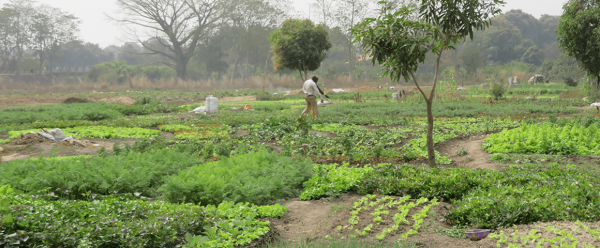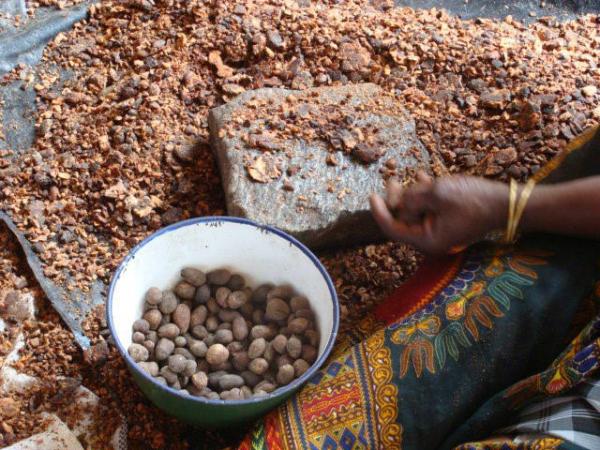Institutional news 28 February 2023
- Home
- Our activities, our impact
- Tropical value chains
- Rice

Rice
Sub-Saharan Africa in particular has become a major importer of rice, with a third of global imports. However, the fact that prices are fixed on the global market, and that they are volatile and currently low, does nothing to encourage farmers to sow more and up production.
The figures for rice
400 million small-scale producers
15% of the world's cultivated area
90% of rice is produced in Asia
Just 10% of the rice produced worldwide is traded, as against 20 % for wheat, and Sub-Saharan Africa imports a third
Rice is the staple food for four billion people
It provides 27% of calories in low- and middle-income countries
Production needs to increase by at least 20% by 2040.
There are five main types of rice ecosystems: irrigated, flood-prone, rainfed, floating, and mangrove.
The issues
- Boosting total rice production to ensure food security: the easy answer to global population growth calls for a 20% increase in production by 2040, whereas the possibilities of extending cultivated areas are limited, except in certain regions of Africa and South America.
- Increasing productivity while adapting to the effects of climate change and mitigating the adverse effects of rice growing on the climate (GHG emissions) and, more generally, on the environment.
- Improving resource (land, water, labour) use efficiency in the face of competition from urban and industrial uses of those resources.
- Making production more profitable so as to boost the incomes of the 400 million-odd poor farmers growing rice, without jeopardizing the accessibility of rice for its 500 million poor rural and urban consumers.
- Adapting to structural changes such as the ageing farming population in Asia and the explosion in the number of young people in Africa, by providing more attractive job opportunities; increased differentiation of production systems, switching to an entrepreneurial culture in favourable environments and family-run rice farming in more constrained environments; rapid growth in an urban middle class concerned about the taste, nutritional and health characteristics of rice.
- Adapting to globalization (rapid growth in the international rice trade), which has brought much greater price volatility than for the other major cereals and the direct involvement of agrifood multinational corporations in advisory and other agricultural services, on the one hand, and in establishing integrated South-North supply chains on the other.
- Ensuring the development and competitiveness of national rice systems (particularly in Africa and Central America) within a context of fierce international competition and/or the introduction of free trade treaties that make small-scale producers more vulnerable in the face of public export aid policies.
































